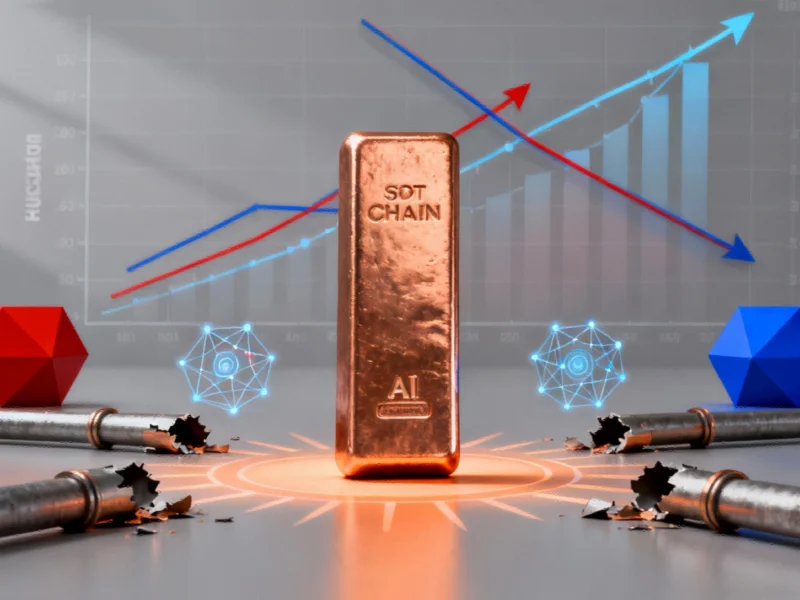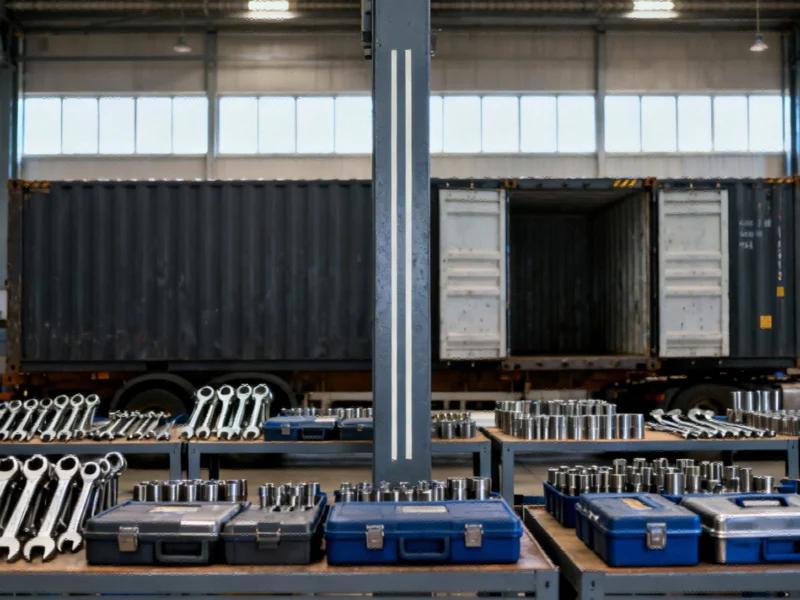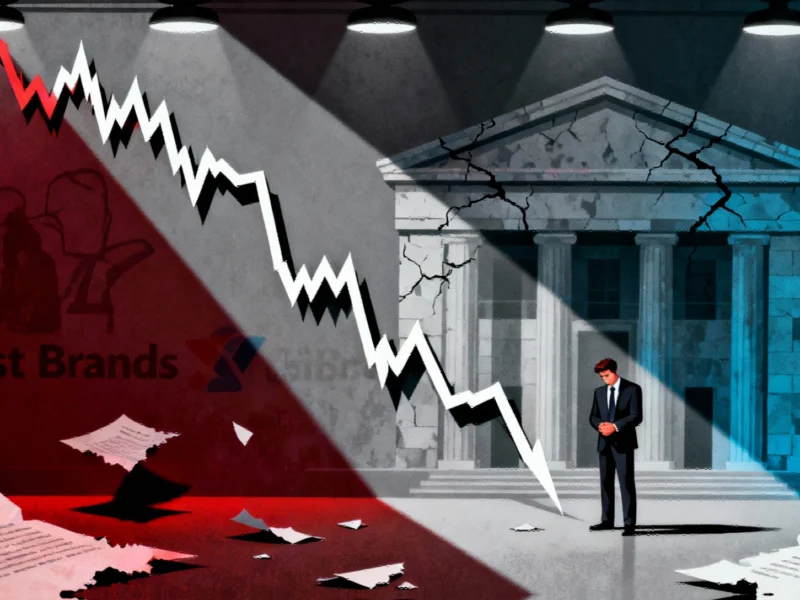Market Dynamics Shift as Copper Faces Unprecedented Demand
The copper market is experiencing significant supply chain pressures as renewed trade tensions between the U.S. and China highlight vulnerabilities in critical mineral supply chains. According to London Metal Exchange CEO Matt Chamberlain, recent developments in copper market dynamics reveal fundamental shifts that could impact industrial computing and technology sectors for years to come. Chamberlain emphasized that “every nation” is now closely examining supply dynamics, including diversity of delivery locations and smelting reinvestment strategies.
The convergence of multiple demand drivers—including the artificial intelligence boom, increased global defense spending, and the ongoing energy transition—has created what analysts describe as a perfect storm for copper markets. Spot prices for copper have recently climbed above three-month futures prices, indicating a short-term supply squeeze known as “backwardation” that contradicts prevailing market expectations.
AI Infrastructure Demands Reshape Copper Landscape
Copper’s essential role in semiconductors, cables, and cooling systems positions it as a critical component in the AI revolution. As data center expansion accelerates globally, the demand for copper-intensive infrastructure continues to grow exponentially. Chamberlain noted that current market movements are primarily driven by supply-side developments rather than demand fluctuations, highlighting what he called the “fragility” of global supply chains.
“The market consensus is that there absolutely is a medium-term demand driver,” Chamberlain told CNBC. “You see that across a number of applications, from the very mundane—the air conditioning and construction—through to the cutting edge, the AI and electrification story.” This broad-based demand creates unprecedented pressure on copper supplies at a time when technological advancements in consumer electronics and industrial applications continue to evolve.
Western Production Renaissance Gains Momentum
In response to these supply challenges, Western producers are reevaluating their manufacturing and smelting strategies. Europe’s largest copper producer, Aurubis, is currently in discussions with the Trump administration about building a new copper smelter in the United States, potentially with government support. The German company recently expanded its North American presence with a new copper recycling facility in Richmond County, Georgia.
Chamberlain highlighted the environmental considerations that often constrain Western production, suggesting that developing a “sustainability premium” could help justify investments in environmentally responsible smelting operations. “It would be helpful for some of these western smelters to be able to be paid where they’re investing in sustainability around the world,” he observed. This comes as major technology companies continue launching new products that depend heavily on copper components.
Global Demand Projections Paint Challenging Picture
According to analysis by Wood Mackenzie, global copper demand could surge by 24% over the next decade, reaching 42.7 million tonnes annually. The research firm identifies four converging trends driving this growth: AI and data center expansion, increased defense spending worldwide, rapid industrialization in India and Southeast Asia, and the ongoing energy transition focused on electric vehicles and renewable energy.
Charles Cooper, Wood Mackenzie’s head of copper research, warned that copper is becoming the “strategic bottleneck” of the global energy transition. “The impacts of commodity supply chain disruptions and the industry’s inability to deliver will be acutely felt,” Cooper stated. “If governments and investors fail to act, we risk turning the metal of electrification into the metal of scarcity.” These concerns are particularly relevant given political developments affecting industrial policy in key markets.
Technological Innovation Meets Supply Chain Reality
The copper supply challenge comes at a time when device manufacturers are pushing technological boundaries with increasingly complex products that require sophisticated copper components. Meanwhile, cybersecurity concerns add another layer of complexity to industrial operations, with rising cyber threats targeting critical infrastructure including manufacturing and energy systems.
Chamberlain described the situation as “fairly multifaceted,” noting that technological advances sometimes favor metals demand and sometimes reduce it. “Those signals all roll up, and then you see them manifest itself on the market each day,” he explained. As the industry navigates these complex dynamics, the need for diversified supply chains and strategic investment in production capacity becomes increasingly urgent for maintaining the technological progress that defines modern industrial computing.
Based on reporting by {‘uri’: ‘cnbc.com’, ‘dataType’: ‘news’, ‘title’: ‘CNBC’, ‘description’: ‘CNBC International is the world leader for news on business, technology, China, trade, oil prices, the Middle East and markets.’, ‘location’: {‘type’: ‘place’, ‘geoNamesId’: ‘5101760’, ‘label’: {‘eng’: ‘New Jersey’}, ‘population’: 8751436, ‘lat’: 40.16706, ‘long’: -74.49987, ‘country’: {‘type’: ‘country’, ‘geoNamesId’: ‘6252001’, ‘label’: {‘eng’: ‘United States’}, ‘population’: 310232863, ‘lat’: 39.76, ‘long’: -98.5, ‘area’: 9629091, ‘continent’: ‘Noth America’}}, ‘locationValidated’: False, ‘ranking’: {‘importanceRank’: 14205, ‘alexaGlobalRank’: 270, ‘alexaCountryRank’: 92}}. This article aggregates information from publicly available sources. All trademarks and copyrights belong to their respective owners.



